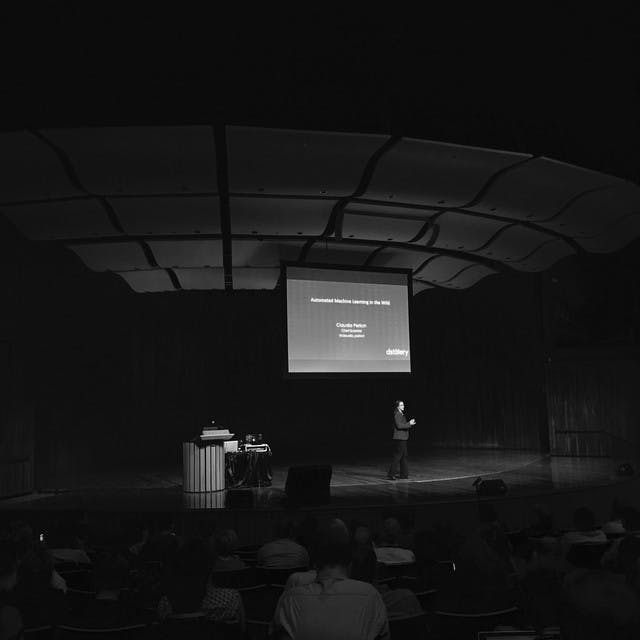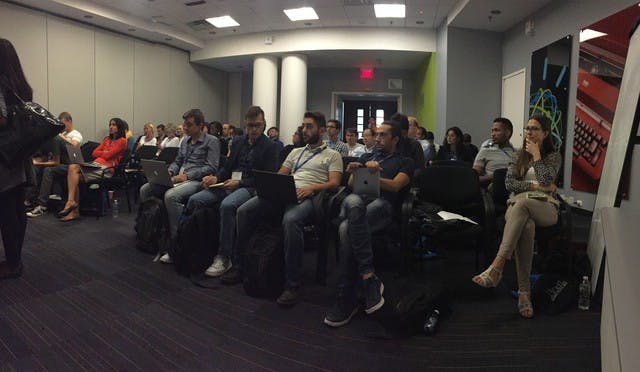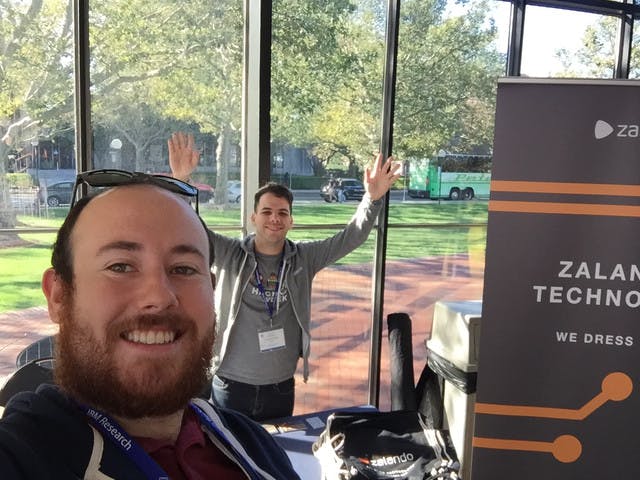The RecSys’16 Review
All the learnings we brought back from the ACM Conference on Recommender Systems.
This year was RecSys’ 10th anniversary, and we were lucky enough to be in attendance. The evolution of the conference is great to see – it has grown from a mid-size event beginning in 2009, to an ever-sold-out conference in the past few years, with one of the bests mixes of industry and academia you can find. It also has an open and welcoming community, where the standard of work being presented is incredibly high. As representatives of Zalando, we wanted to share our experiences for those interested.

Conference highlights
The large scale recommender systems workshop gave us an insight into how Facebook makes recommendations for billions of users. Komal Kapoor explained how they perform feature engineering (using random forest and neural network models) to reduce the number of features from 100K to 20k, and how they use logistic regression to learn fresh recommendations for their News Feed.

It was very interesting to see how Netflix has moved away from regional models, and adopted global models (also explained in a previous blog post). They managed to overcome problems such as difference in local taste, uneven catalog availability and metadata, and their global models now perform better than their regional ones – having only one model has a lot of other positive implications for them.
As part of their 10th year anniversary we had the “Past, Present and Future” track, where Xavier Amatrian (Quora) and Justin Basilisco (Netflix) presented some of their views about the future of recommender systems. They mentioned that full page personalization will become even more important, and that personalizing how we recommend will be a big topic in the future. They also highlighted some of the problems we are currently facing, such as the lack of high-quality negative implicit feedback, and the need for more research on long-term vs. short-term optimization in recommender systems.
Also in the same track, Michael Ekstrand was able to articulate one of the main problems of recommender systems in a really interesting way, while proposing a solution. He called for the research to listen to the user (by doing more HCI studies, user surveys, or focus groups) and explained the idea that if we know a user’s goals and their behaviors, a recommender system can (and should) help them reach those goals.
Another big topic of the conference was humans and machines working together. In this area, Shuo Chang presented his work on personalized natural language explanations for recommendations. This work combines crowdsourcing and machine learning for explanations that yield more user trust and satisfaction. We were impressed with the examples presented in this talk, and can’t wait to see more of this approach being deployed on recommender systems.
Summary
To summarize, topics such as long-term vs. short-term optimization and recency were recurrent topics during the conference. Deep learning had its own track for the first time, with YouTube presenting their deep learning recommender system. But there was also room for contrast, and simple models like logistic regression were also mentioned, highlighting their explainability. It was fascinating to see that human-machine curation is an emerging topic in the field.
We cannot cover everything in a single blog post, and we know there is a lot of very interesting research in the field, so we are really looking forward to what’s next for recommender systems and the RecSys Conference series. See you next year in Como!

If you want to learn more about how we do recommenders, we (humans) recommend you read our blog posts on feature extraction, personalized e-mail campaigns, and a recent post on data science with a recommender system’s focus that Dr. Mikio Braun put together for O’Reilly.
If you’d like to contact us to hear more about RecSys16, reach out via Twitter at @totopampin and @johnhenryhannon.






